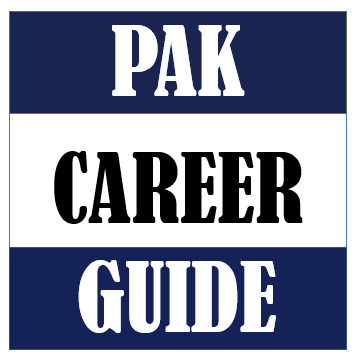Professional Resume: A
Comprehensive Guide for Job Seekers
A professionally written
resume acts as your first introduction to potential employers in the cutthroat
job market of today. It's not just a record of your employment history; rather,
it serves as a tactical instrument to draw hiring managers' attention to your
abilities, experiences, and successes. This post attempts to offer a thorough
tutorial on how to create a professional resume that successfully highlights
your credentials and increases your chances of getting the job of your dreams.
- Understanding the Purpose of a Resume
A resume is a succinct
account of your work history. Its main goal is to show how your qualifications
and work history match up with the needs of the position you're looking for.
Your resume should include a concise overview of your qualifications to enable
potential employers to decide whether you're a qualified applicant for the post.
- Choose the Right Format
The chronological,
functional, and combination (sometimes known as hybrid) resume formats are the
three most common types. Select the presentation style that best showcases your
advantages. The chronological approach, which shows your employment experience
in reverse chronological order, works well for the majority of job searchers.
While the combination format contains parts of both, the functional style
places more emphasis on abilities and credentials.
- Contact Information and Header
Include your complete
name, contact information, business email address, and LinkedIn profile (if
relevant) at the top of your resume. Make sure your email address is formal and
refrain from using informal handles.
- Crafting a Compelling Summary or Objective
Start your resume with a
succinct summary or objective that emphasises your professional objectives and
lists your most important qualifications. Make it succinct, compelling, and
specific to the position you're looking for.
- Showcasing Professional Experience
In reverse chronological
order, start with your most recent job and list all of your previous
employment. Include the job title, employer name, dates of employment, and a
brief summary of your duties and achievements for each position. When feasible,
quantify your influence by using bullet points to highlight particular
accomplishments (for example, "Increased sales by 20% within six
months").
- Highlighting Achievements
Instead of outlining
duties, concentrate on your successes in each job. Start your bullet points
with action verbs and give concrete instances of how you helped your team,
initiatives, or business succeed.
- Emphasizing Skills
Make a section just for
showcasing your abilities. Include both hard talents (technical know-how,
software expertise) and soft skills (leadership, communication). Make sure the
talents you list correspond to the demands of the position you're looking for.
- Education and Certifications
In reverse chronological
order, describe your educational background. Include the institution's name,
major, graduation date, degree achieved, any honours, and any related courses.
Include any credentials you possess that are pertinent to the position in this
section as well.
- Optional Sections
- Depending on your qualifications and
the position you're looking for, you may also include parts like:
- initiatives: Describe your involvement in and
contributions to the many initiatives on which you have worked.
- Volunteer Experiences: If applicable,
highlight any volunteer activities that show off pertinent abilities.
- List your language talents,
especially if the position calls for bilingual abilities.
- Publications or talks: List any
written pieces, articles, or talks you've given that have been published.
- Honours & Awards: List any
honours or accolades you've received.
- Formatting and Design
Maintain a tidy,
professional, and easy-to-read CV. Consistently use the same font and
formatting guidelines across the whole document. Be careful not to overdo it
with the colours, images, or unique typefaces that might detract from the
message.
- Proofread and Edit
Check your resume
carefully for grammar mistakes, typos, and inconsistent formatting before
submitting it. Consider having a friend or relative examine it as well, since a
second set of eyes can see errors you might have overlooked.
- Tailor Your Resume for Each
Application
When submitting a CV for
a job, be sure to emphasise the abilities and work history that are most
pertinent to the position. This demonstrates your attention to detail and
genuine interest in the position since you have taken the time to learn the job
criteria.
Conclusion
A strong career-opening
tool, a professionally written CV may lead to new employment prospects. You may
make a resume that successfully conveys your abilities, skills, and
accomplishments to potential employers by following the instructions provided
in this manual. Keep in mind that your CV should change as your career grows
and conform to the particular positions you're pursuing. A carefully prepared
CV is a crucial tool in your job hunt since it demonstrates your expertise,
attention to detail, and dedication to leaving a good first impression.





